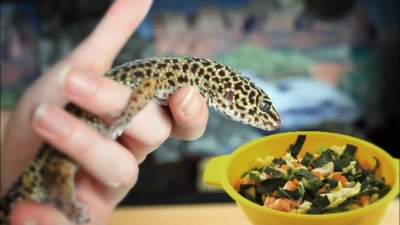Is a group of flamingos called a stand?

Flamingos are an iconic breed of bird, recognised by most people the world over, but actually seen in the flesh by far fewer, due to the locations of their habitats. There are in fact six species of flamingo, all of which are extremely gregarious and social birds, often gathering closely together in vast numbers. There are a number of self explanatory collective nouns frequently used to identify groups of flamingos.
Probably the most common and descriptive collective nouns for a group of flamingos are a ‘flamboyance’, ‘colony’ or ‘stand’, with flamboyance tending to be the most popular. Originating from the adjective flamboyant, an old French word originally meaning flame, it is frequently used in English to mean, stylish, colourful, bright, dazzling and flashy; words that epitomise our view of the magnificent flamingo. Interestingly the word flamingo comes from the Latin word ‘flamma’ which also means flame or fire.
The collective noun ‘colony of flamingos’ is often used to describe a group of flamingos as the chosen habitats of these birds are frequently rejected by other species and animals as being hostile environments due to extremely high concentrations of salt. The flamingos therefore move in to the region and colonise the area for themselves thus, by definition, forming a colony.
A ‘stand of flamingos’ almost certainly originated from observing their habit of standing motionless and resting for long periods, often on one leg, an extraordinary sight when viewed in large groups.
Credit : Bird Fact
Picture Credit : Google




